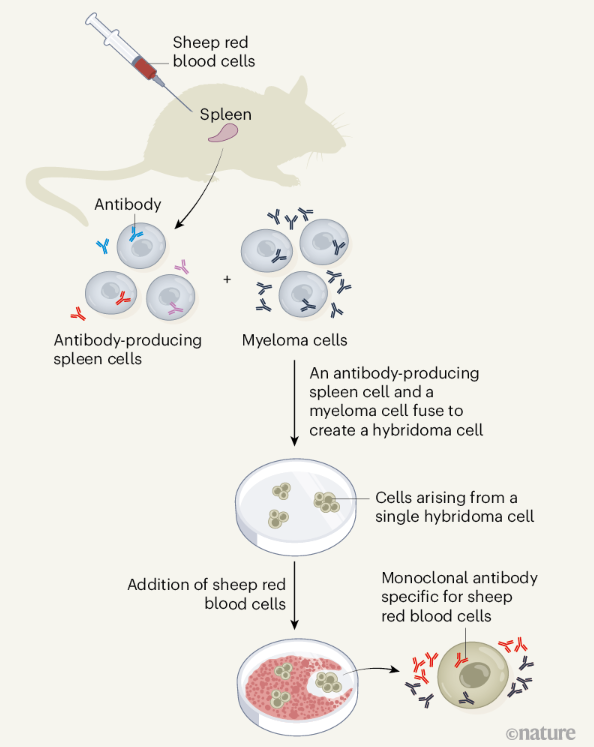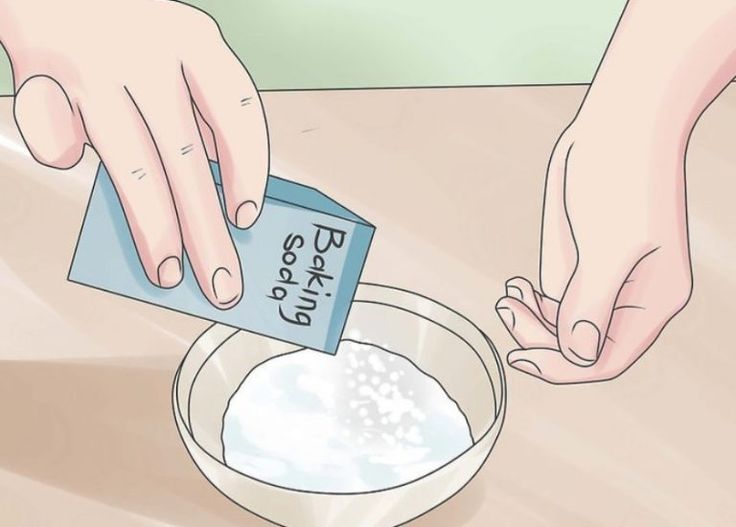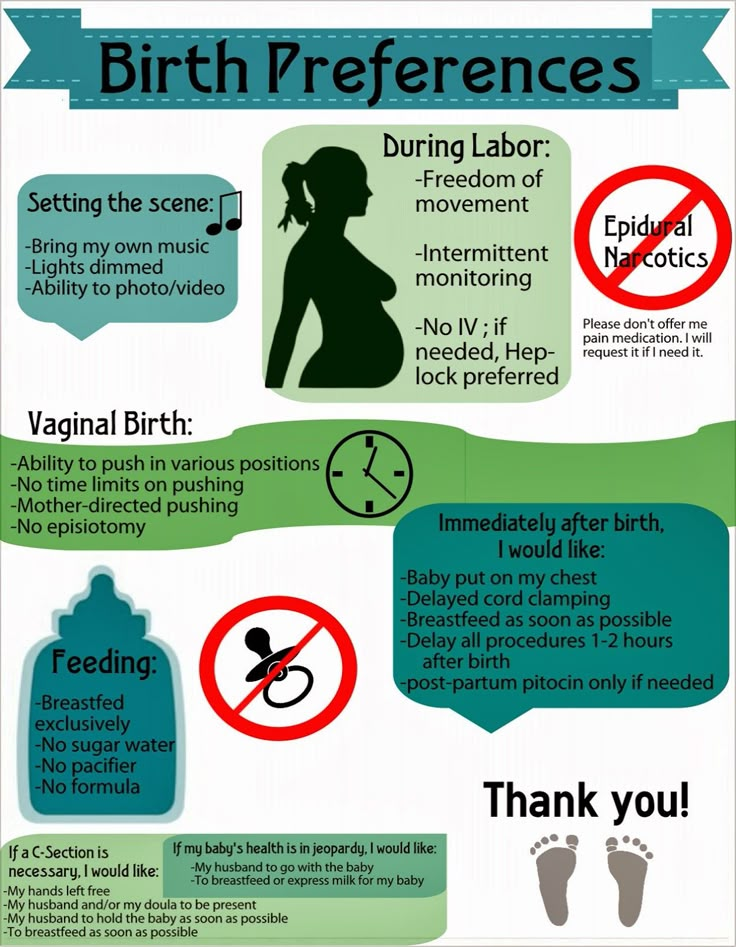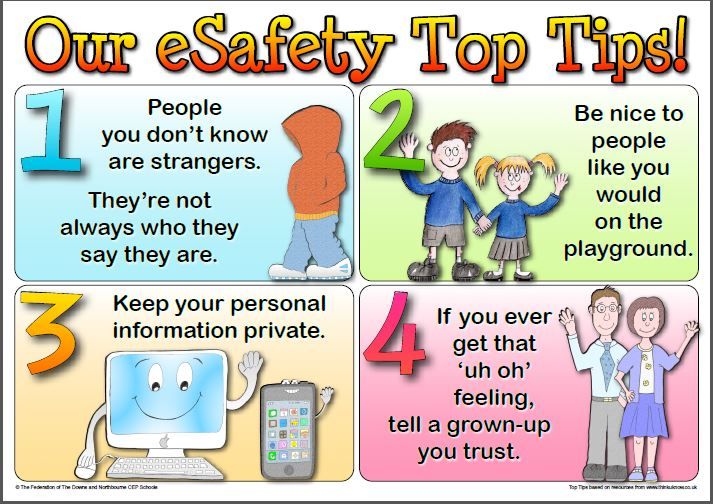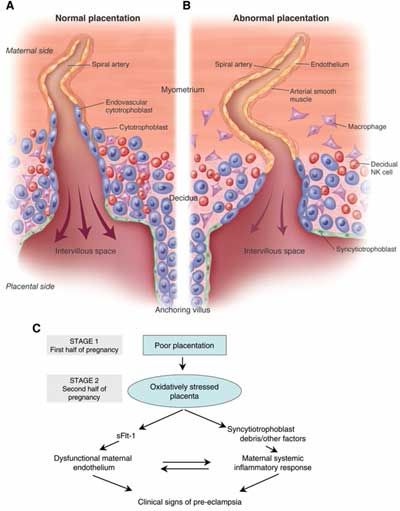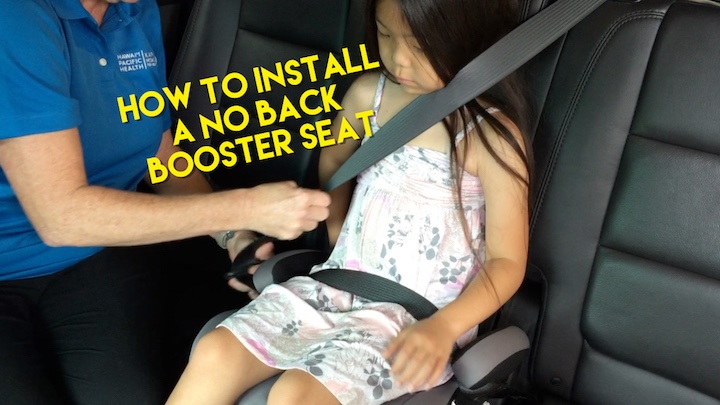How to recognise anaphylaxis in an infant and a child
How to Spot Anaphylaxis in Babies
Learn the signs of anaphylaxis (a life-threatening allergic reaction) and what to do if your baby develops anaphylaxis, from Michael Pistiner, MD, of the Food Allergy Center at MassGeneral Hospital for Children (MGHfC).
What is anaphylaxis?
Anaphylaxis is a serious, life-threatening allergic reaction. Anaphylaxis must be treated right away to help your baby feel better faster and to prevent their symptoms from getting worse.
What are symptoms of anaphylaxis in babies?
Anaphylaxis symptoms look a little different in babies than they do in children and teens. Keep in mind that since babies cannot talk, they cannot tell us what they are feeling.
Symptoms in babies can include:
- Vomiting
- Diarrhea
- Crankiness or inability to be soothed
- Hives or a rash all over the body
- Swelling of the lips, eyes or other parts of the body (angioedema)
Other symptoms can include:
- Fast heartbeat (tachycardia)
- Dizziness, fainting or excessive sleepiness (lethargy)
- Scratching or rubbing of the skin
- Inconsolability
People of all ages can have different reactions each time they are exposed to an allergen (something they are allergic to).
How to treat anaphylaxis in your baby
The best way to treat anaphylaxis is to REACT:
- R: Recognize the symptoms of anaphylaxis. Common signs of anaphylaxis in babies include vomiting, diarrhea, crankiness, fast heartbeat, hives and swelling of the lips, eyes or other parts of the body. Other signs include shortness of breath, trouble breathing, wheezing (whistling sound while breathing) and dizziness. Make sure that your provider has given you an Anaphylaxis Emergency Plan and that it is available at all times. Use it to train others how to recognize anaphylaxis.
- E: Give epinephrine. This is the best and safest way to treat anaphylaxis. Epinephrine comes in an auto-injector, such as a generic epinephrine, EpiPen® or AuviQ®.
- ACT: Activate the emergency response. The steps include:
- If your baby has an Allergy Action Plan, follow the steps included on the plan.
- After giving the epinephrine then call 911.
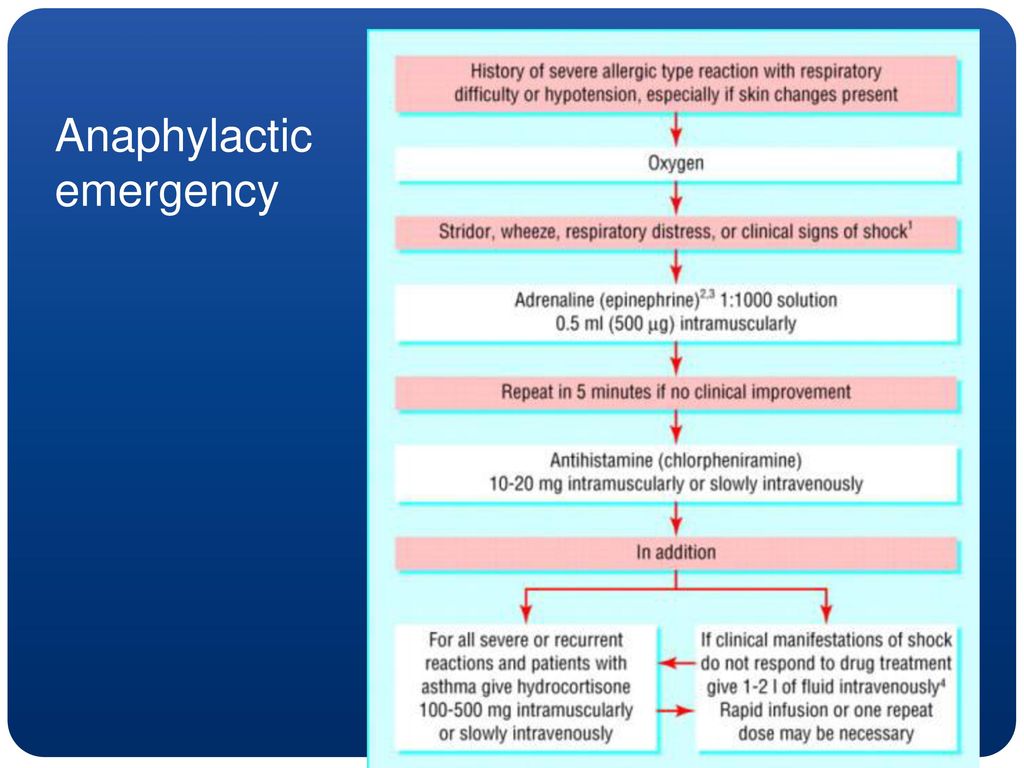
- While you wait for the ambulance to arrive, keep your child sitting or lying down (if not vomiting). Do not hold them so their legs are dangling.
- Go to the hospital in the ambulance with your baby.
Epinephrine has side effects that are expected, but not dangerous. Remember, we are calling an ambulance because your baby had a severe allergic reaction,not because epinephrine was given. The ambulance brings additional things that may be needed, including oxygen, IV fluid, trained personnel, more epinephrine and a safe ride to the hospital.
Tips to care for an epinephrine auto-injector
- Keep two epinephrine auto-injectors with you at all times. Sometimes, babies need a second dose of epinephrine or the first auto-injector might not work as expected. Follow your baby’s anaphylaxis action plan.
- Train everyone who cares for your child how to use the auto-injector (also called a training device) and how to spot the signs of anaphylaxis (listed on your baby’s anaphylaxis action plan).

- Avoid storing the auto-injector in extremes temperatures.
Rev. 2/2019. MassGeneral Hospital for Children and Massachusetts General Hospital do not endorse any of the brands listed on this webpage. This webpage is intended to provide health information so that you can be better informed. It is not a substitute for medical advice and should not be used to treatment of any medical conditions.
Food Allergy Center
Anaphylaxis in Infants & Children
Log in | Register
Health Issues
Health Issues
Listen
Español
Text Size
Anaphylaxis is a rapid and severe allergic reaction. It is also a life-threatening emergency.
Research shows a rising number of children being treated in emergency departments for anaphylaxis in recent years.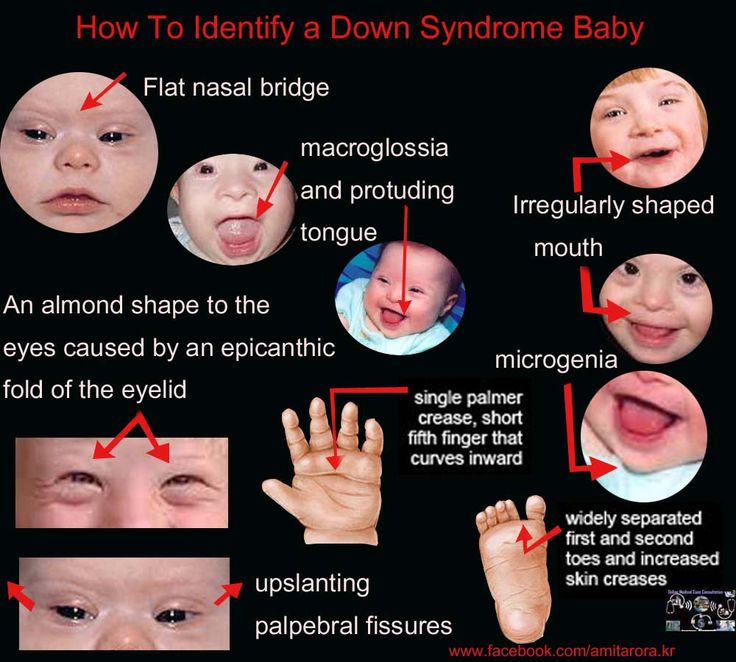 Allergic reactions are unpredictable in terms of when they occur, what types of symptoms develop, and the severity of those symptoms; they can happen to children at any age, including infants.
Allergic reactions are unpredictable in terms of when they occur, what types of symptoms develop, and the severity of those symptoms; they can happen to children at any age, including infants.
Being prepared and knowing the signs of an allergic reaction can save a child's life. At any age, anaphylaxis can be deadly without immediate medical help. Read on.
Anaphylaxis includes a wide range of symptoms that can start quickly—within minutes or several hours after exposure to an allergy trigger.
Epinephrine is the recommended emergency treatment for symptoms of anaphylaxis.
Epinephrine helps quickly reverse the life-threatening symptoms of anaphylaxis. If it is available, epinephrine should be given immediately to anyone experiencing symptoms of anaphylaxis, followed by a call to 911, and a trip to the emergency department.
The medicine comes in
auto-injector syringes to make this easier.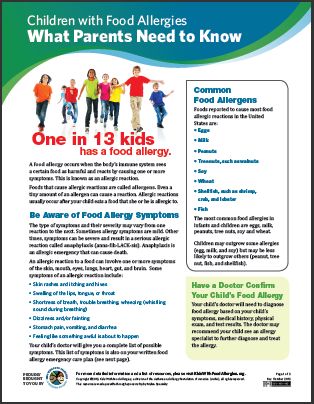 The best place to inject it is in the muscles of the outer part of the thigh.
The best place to inject it is in the muscles of the outer part of the thigh.
Epinephrine autoinjectors should be prescribed for anyone who has ever had an anaphylactic attack and for infants and children at high risk for anaphylaxis. Because a second dose may be needed if symptoms don't ease quickly, children at risk for anaphylaxis should carry at least two autoinjectors with them at all times.
Children who are old enough can be taught how to give themselves epinephrine, if needed. Epinephrine autoinjectors should be readily available in school or child care settings and trained staff should be available to act quickly in case of a reaction. Keep in mind, schools may require detailed instructions from your child's doctor about how and when to use it. See Administrating at School: Tips for Parents.
Lots of things can cause a severe allergic reaction.
Common Allergens that Can Trigger Anaphylaxis | |
|---|---|
| Foods |
|
Insect stings |
|
| Medicines |
|
| Other | |
Be prepared: have an allergy and anaphylaxis emergency care plan.
Anyone caring for an infant or child with a life-threatening allergy must be able to recognize anaphylaxis and know when and how to give the lifesaving treatment (epinephrine).
If your child is at high risk for allergies, or has had a previous severe allergy reaction, the American Academy of Pediatrics recommends you have an
Allergy and Anaphylaxis Emergency Plan. Your pediatrician can help you and your family use this plan with anyone who cares for your child. It's also clearly written and easy to understand. See for yourself!
See for yourself!
Additional Information:
Create an Allergy and Anaphylaxis Emergency Plan: AAP Report Explained
How to Use an Epinephrine Auto-Injector
Common Food Allergies
Avoid a Food Allergy Scare on Halloween
Peanut Allergies: What You Should Know About the Latest Research
Ask the Pediatrician: When can I start giving my baby peanut butter?
Insect Sting Allergies
- Last Updated
- 9/30/2019
- Source
- American Academy of Pediatrics (Copyright © 2019)
The information contained on this Web site should not be used as a substitute for the medical care and advice of your pediatrician. There may be variations in treatment that your pediatrician may recommend based on individual facts and circumstances.
There may be variations in treatment that your pediatrician may recommend based on individual facts and circumstances.
Anaphylactic shock in children
Surely each of us at least once in a lifetime encountered in the annotation of drugs with such a concept as anaphylactic shock as a side effect.
Since anaphylactic shock is not an isolated case, it is important to understand its nature, causes and first aid when it occurs, especially if it concerns a child.
So, anaphylactic shock (anaphylaxis) is an allergic reaction of the immediate type with very rapidly developing severe symptoms that occur when the allergen is repeatedly introduced into the body. If prompt medical attention is not provided, such an ailment leads to death.
Note to parents
If initially the child did not have any allergies, it is difficult to predict in advance how he will react to this or that medicine, so you need to use medicines with great care, in particular antibiotics, some vaccines, carefully introduce the first complementary foods to children up to a year, especially if the family has allergies.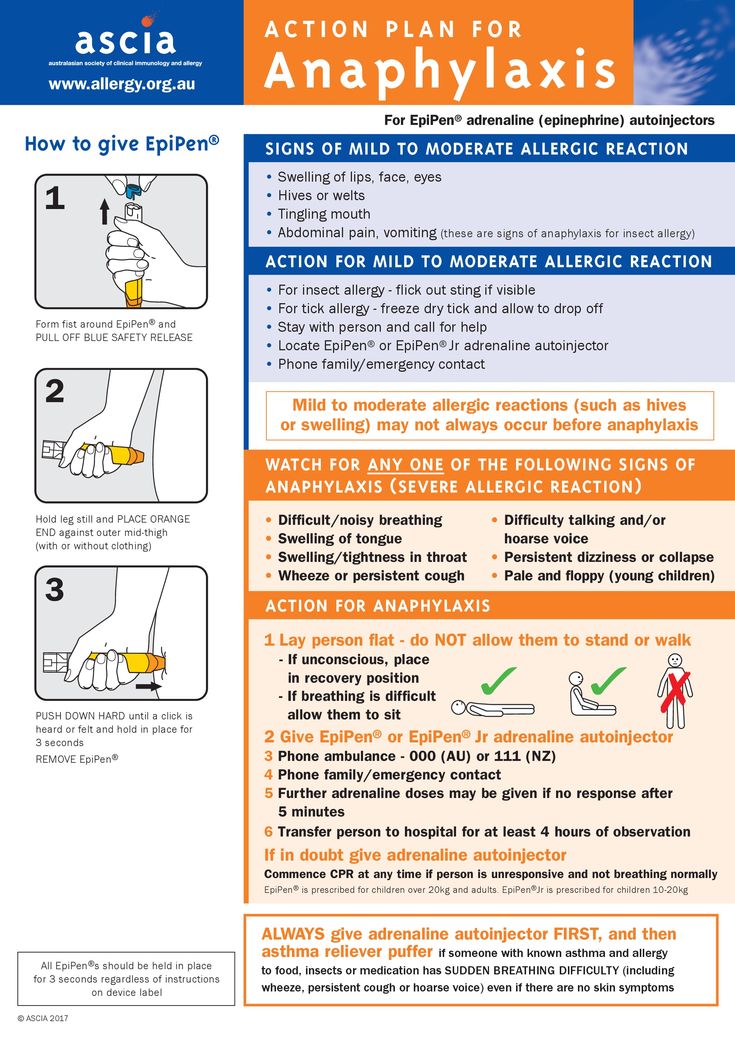
The causes of anaphylactic shock in children can be: the use of certain drugs, vaccines, serum, gamma globulin; insect bites; contact with radiopaque agents, household detergents, certain products, etc.
Depending on the ways in which the allergen enters the child's body, corresponding signs of illness also appear. So, for example, when it comes into contact with the skin, a swelling forms, itching begins.
Main symptoms of anaphylactic shock in children:
- throbbing headache ;
- dizziness;
- violation of the functions of the gastrointestinal tract;
- disruption of the cardiovascular system;
- numbness of the lips;
- attacks of fear, restlessness;
- nausea , vomiting ;
- cold sweat;
- abdominal pain;
- wheezing, hoarseness ;
- lowering blood pressure;
- palpitations;
- convulsions, foam at mouth;
- urticaria on the skin;
- shortness of breath, bronchospasm;
- angioedema ;
- loss of consciousness.
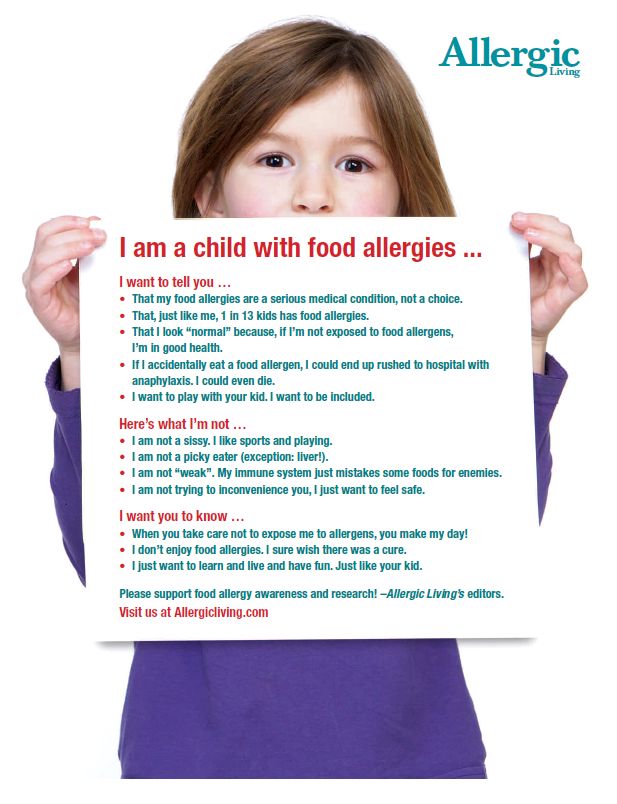
If a child has similar symptoms, an ambulance should be called urgently, and before the arrival of doctors, help the child on his own, because. the symptoms of this disease develop very quickly, and death can occur in 5 to 10 minutes from suffocation.
First aid for a child with anaphylactic shock
If the allergen is known, it is necessary to isolate the child from it: ventilate the room, remove the pet to another place, apply something cooling to the bite site and apply a tourniquet, rinse the stomach, stop drug administration, etc.
The child should be laid horizontally with the head turned to the side so that the legs are higher than the level of the head. You can not leave a small patient alone, because. he may choke on his vomit. Before the doctor arrives, you can give an antihistamine, depending on the age and body weight of the baby.
If the child is conscious, you must not show him your fear and anxiety. If necessary, give artificial respiration.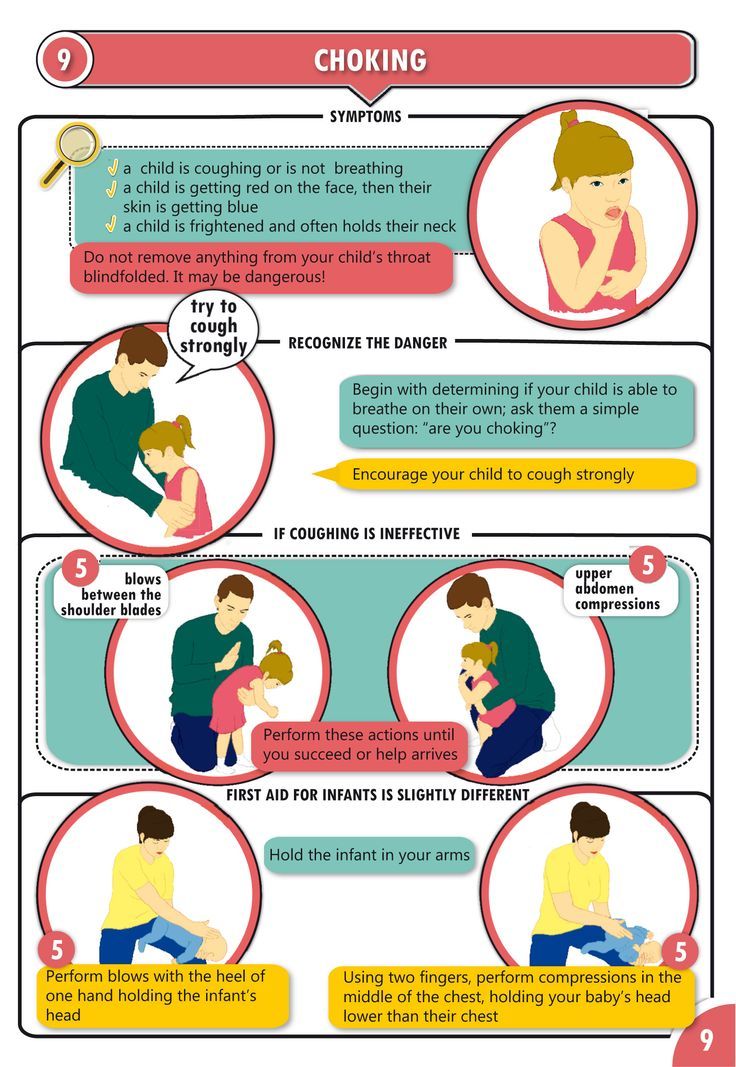
If you are looking for a good children's allergist in St. Petersburg, then in the multidisciplinary center "Medicenter" qualified children's specialists will help your child in situations related to any kind of allergy. In our center, you can pass all types of tests, crops, undergo the necessary examinations to determine the cause of allergies and concomitant diseases.
Our clinics in St. Petersburg
Structural subdivision
Polikarpova
Alley Polikarpova 6k2
Primorsky district
- Pioneer
- Specific
- Komendantskiy
Structural subdivision
Zhukov
Marshal Zhukov avenue 28k2
Kirovsky district
- Avtovo
- Veterans Avenue
- Leninsky Prospekt
Structural subdivision
Devyatkino
Okhtinskaya alley 18
Vsevolozhsk district
- Devyatkino
- Civil Avenue
- Academic
You can get detailed information and make an appointment by calling +7 (812) 640-55-25
Make an appointment
How to recognize anaphylactic shock and save a person's life
August 30, 2018 Likbez Health
Everyone should know this.
Anaphylactic shock always develops suddenly and at lightning speed. Therefore, it requires equally lightning-fast action.
Go to first aid rules →
What is anaphylactic shock and why is it dangerous?
Anaphylactic shock is an extremely severe form of allergy.
As with any allergy, the body, faced with a substance that seems to be a poison, begins to defend itself. And he does it so actively that he harms himself.
But in the case of anaphylaxis, the situation is special: the immune response to the irritant is so strong that not only the skin and mucous membranes, but also the digestive tract, lungs, and the cardiovascular system are affected. The consequences can be extremely unpleasant:
- Blood pressure drops sharply.
- Tissue edema develops rapidly, including the larynx - breathing problems begin.
- The brain begins to experience acute oxygen starvation, which can lead to fainting and further impairment of vital functions.
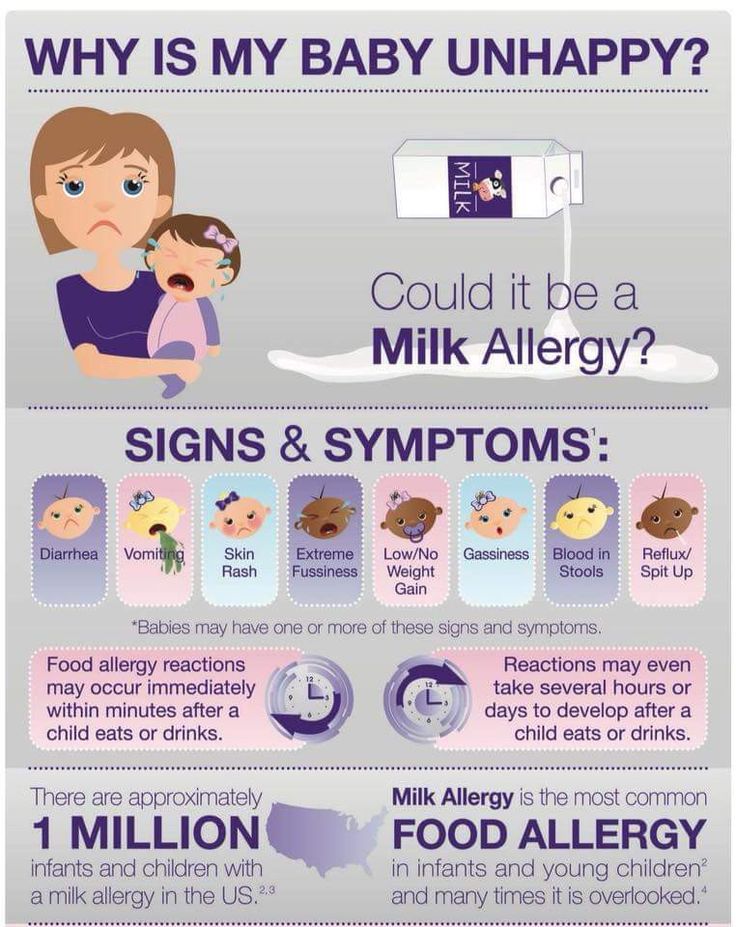
- Due to swelling and lack of oxygen, other internal organs also suffer.
This combination of symptoms is fraught with serious complications and can be deadly. Therefore, it is important to quickly recognize anaphylaxis and provide first aid.
How to recognize anaphylactic shock
The first and one of the most important points in making a diagnosis is exposure to an allergen. Be especially careful if the following symptoms develop after an insect bite, medication, or food. Even seemingly harmless peanut cookies can turn out to be an allergen.
Shock develops in two stages. The main symptoms-harbingers of anaphylaxis look like this:
- An obvious skin reaction is redness or, on the contrary, pallor.
- Itching.
- Fever.
- Tingling in the arms, legs, around the mouth or all over the head.
- Runny nose, itching in the nose, desire to sneeze.
- Difficulty and/or wheezing.
- Lump in throat preventing normal swallowing.
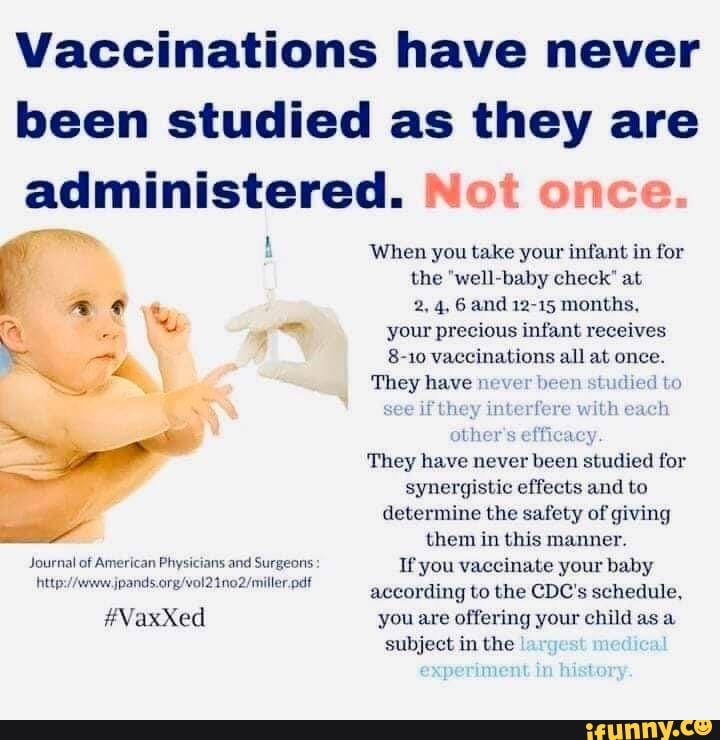
- Abdominal pain, nausea, vomiting, diarrhea.
- Swollen lips and tongue.
- A clear feeling that something is wrong with the body.
Already at this stage it is necessary to take urgent measures (see below). And even more urgent help is needed if anaphylaxis reaches the second, shock stage. Its symptoms:
- Dizziness.
- Severe weakness.
- Paleness (a person literally turns white).
- Appearance of cold sweat.
- Severe dyspnea (hoarse, noisy breathing).
- Sometimes convulsions.
- Loss of consciousness.
3 Basic First Aid Rules for Anaphylactic Shock
1. Call an ambulance
This should be done as soon as possible. From a mobile phone, call 103 or 112.
2. Inject adrenaline urgently
Adrenaline (epinephrine) is given intramuscularly to raise low blood pressure. This drug is sold in pharmacies in the format of autoinjectors - automatic syringes that already contain the required dose of the drug.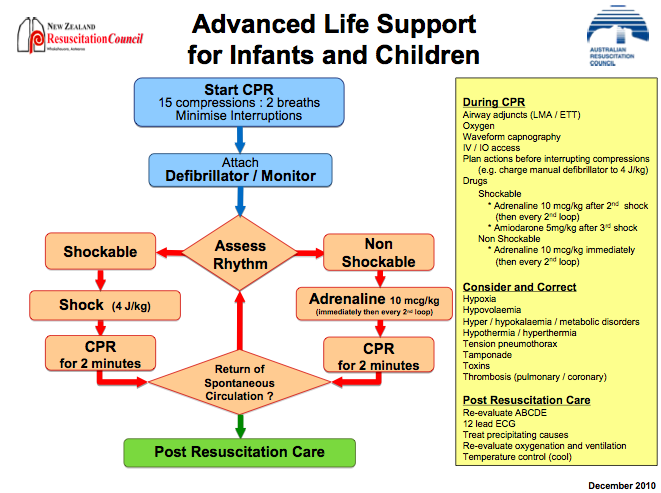 Even a child can make an injection with such a device.
Even a child can make an injection with such a device.
As a rule, the injection is made in the thigh - the largest muscle is located here, it is difficult to miss.
Don't be afraid: adrenaline won't do any harm in false alarms. But if not false, it can save a life.
People who have experienced anaphylactic reactions often carry epinephrine autoinjectors with them. If the victim is still conscious, be sure to ask if he has the drug. There is? Follow the instructions above.
There is no point in taking antihistamines: anaphylactic shock develops very quickly and they simply do not have time to act.
If the victim did not have adrenaline, and there are no pharmacies nearby, it remains to wait for the ambulance to arrive.
3. Try to alleviate the person's condition
- Lay the casualty on their back with their legs elevated.
- Isolate the person from the allergen if possible. If you notice an allergic reaction following an insect bite or drug injection, apply a bandage over the bite or injection site to slow the spread of the allergen throughout the body.
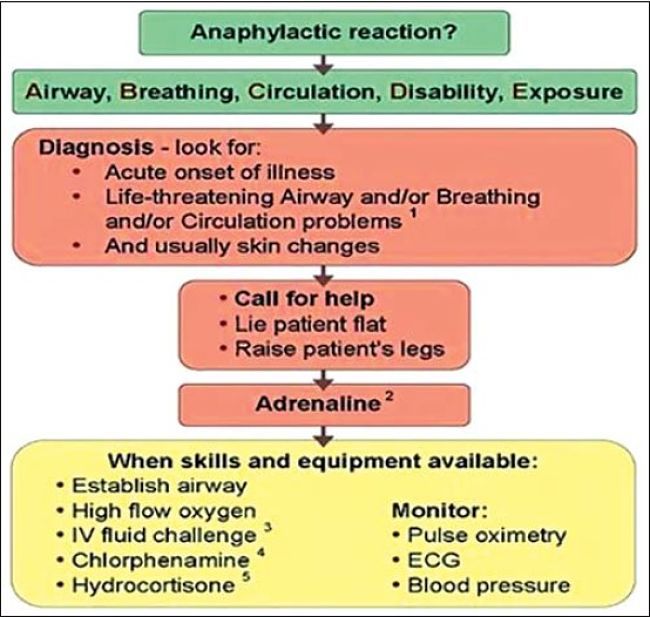
- Keep the victim from drinking.
- If vomiting is present, turn the head to the side to prevent the person from choking.
- If the person has lost consciousness and stopped breathing, begin CPR (if you have the appropriate skills) and continue until the arrival of paramedics.
- If the victim's condition improves, still make sure that he waits for an ambulance. Anaphylactic shock requires additional examinations. In addition, a recurrence of the attack is possible.
Everything, you did what you could. Further hope is only on the body of the victim and the qualifications of doctors.
Fortunately, in most cases, when timely medical assistance is provided, anaphylaxis recedes. According to American statistics, only 1% of those who were hospitalized with a diagnosis of anaphylactic shock die.
What can cause anaphylactic shock
It makes little sense to list the reasons. Allergy is an individual reaction of the body, it can develop to factors that are completely harmless to other people.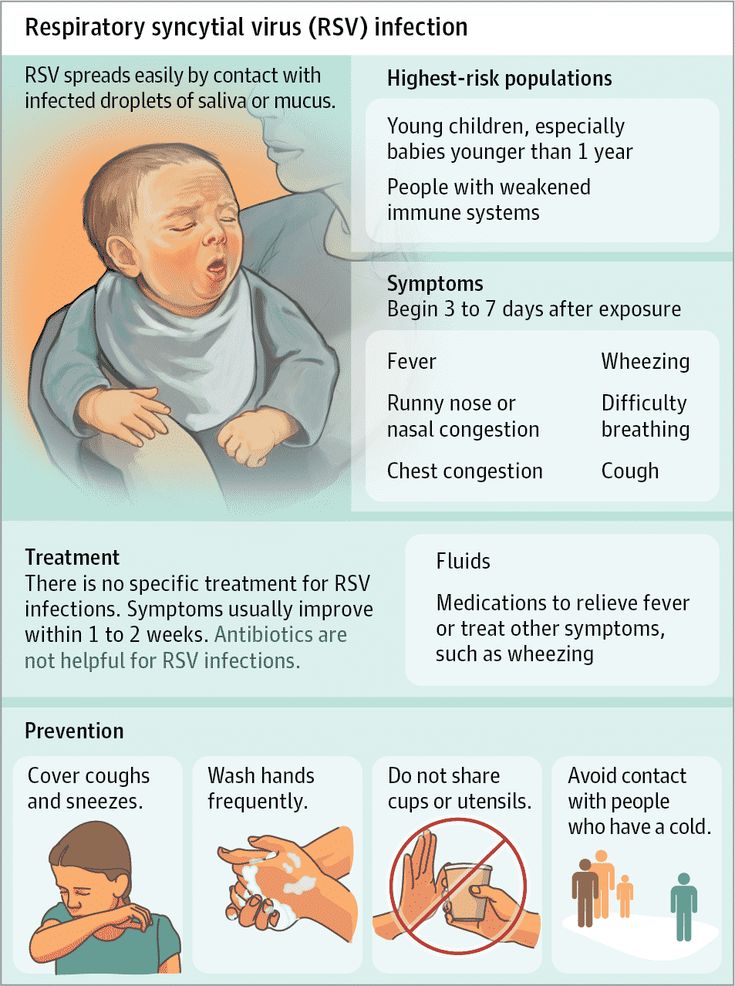
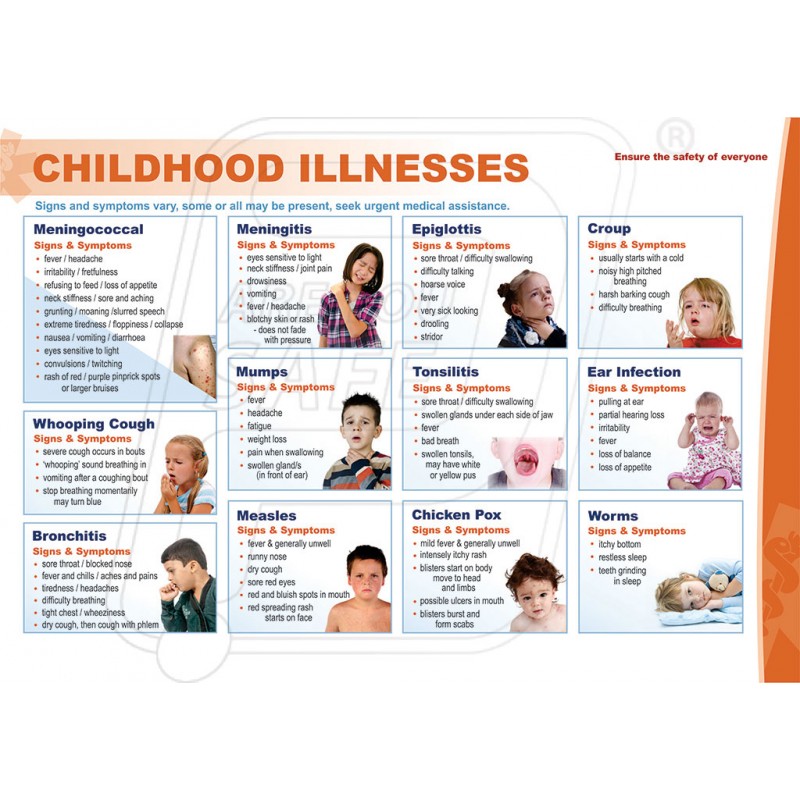 S. food allergies. The American Academy of Pediatrics advises parents to
introduce peanut-containing foods after their baby has tried low allergy risk foods as an allergen prevention strategy for high-risk infants"
S. food allergies. The American Academy of Pediatrics advises parents to
introduce peanut-containing foods after their baby has tried low allergy risk foods as an allergen prevention strategy for high-risk infants"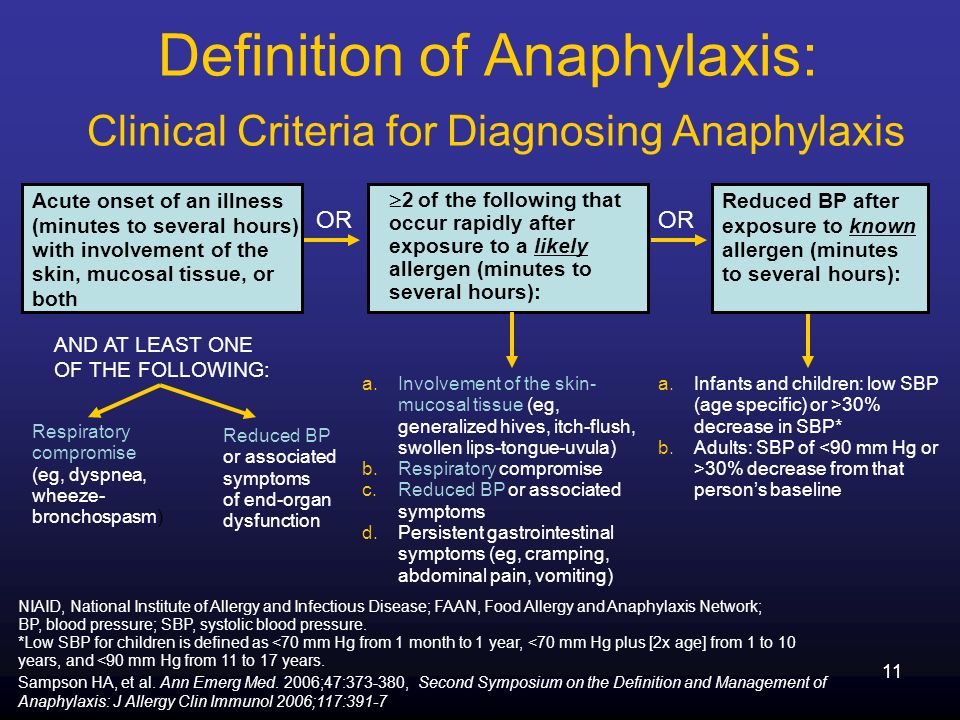 However, any medicine, even aspirin and other nonsteroidal anti-inflammatory drugs, have the potential to cause severe reactions.
However, any medicine, even aspirin and other nonsteroidal anti-inflammatory drugs, have the potential to cause severe reactions.
